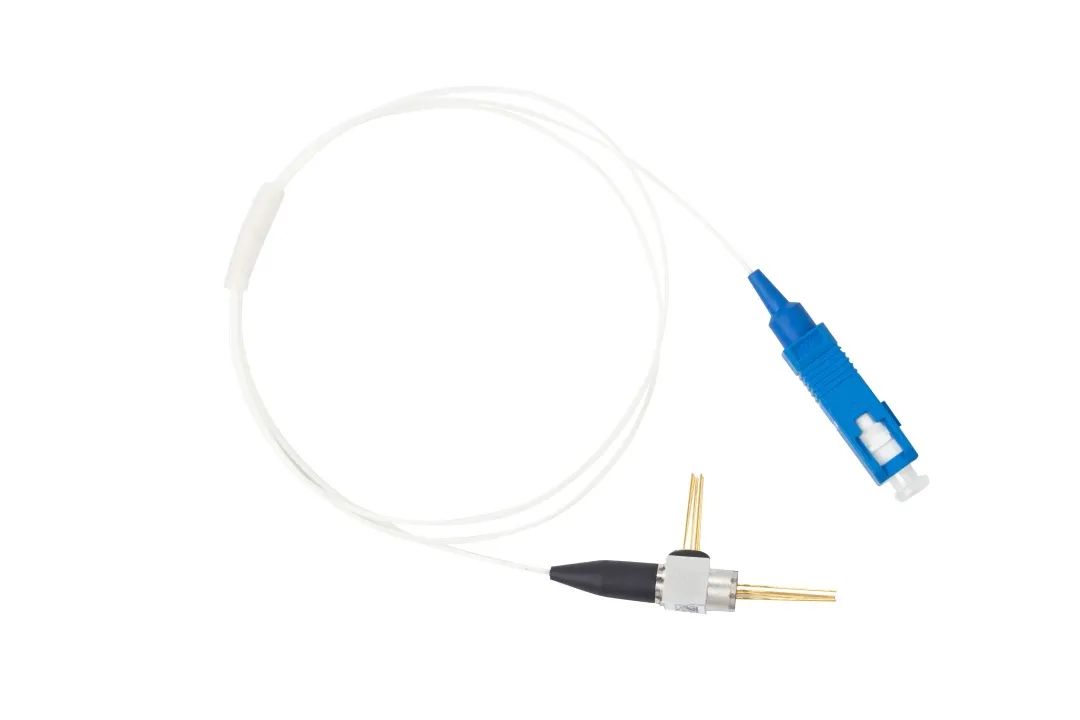MENTECH: FTTR Series Products Create Intelligent Life
With the rapid development of global information technology, digitalization, networking and intelligence are widely recognized as the general trend of social development. With the application of intelligent equipment and sensing detection technology in various industries, the interconnection of all things is gradually forming. At the same time, supercomputers and cloud computing have enabled us to work and live in a more refined and dynamic way, and they have accelerated the transformation of various industries towards intelligent development. Today, many countries have incorporated the Internet of Things and cloud computing into their development strategies.
Networking, digitization, and intelligence are interdependent and mutually reinforcing. Networking provides the foundation for data and digitization, digitization offering the information for data processing and analysis for intelligence, and intelligence creates stronger algorithms and application scenarios for networking and digitization through intelligent algorithms and technologies. The interrelationship among these three factors has driven the continuous progress of digital technology.
As the world's new generation of information technologies such as the Internet of Things and cloud computing continue to mature, technology products from smart homes to smart parks and smart cities or other fields continue to improve themselves, and eventually will form a smart world covering the entire earth.

Nowadays, gigabit optical networks have the characteristics of large bandwidth, low latency, and high intelligence. They are an important component and carrier of new infrastructure, and are the evolution direction of fixed communication infrastructure. As a new foundation for the development of the digital economy, the gigabit optical network is an important support for cultivating digital applications, developing new services for digital life, and helping to achieve a strong digital country.
As important components of the gigabit optical network, smart homes and smart enterprises have applications covering online live streaming, VR games, online education, online video conferencing, 4K/8K high-definition video surveillance, and other businesses. The demand for higher bandwidth, lower latency, full coverage of WIFI, and a seamless internet experience is becoming increasingly urgent.
In the gigabit optical network, FTTR (Fiber to the Room), which completes the photoelectric conversion core, meets the needs of smart homes and smart enterprises and has gradually entered everyone's work, learning, and life in recent years. (Schematic diagram 1 of smart home networking, yellow connection for fiber optic interconnectivity).

Since 2021, mainstream system providers and operators have successively launched smart home and smart enterprise (FTTR) products and solutions. From Figure 1, the smart home all optical networking mainly consists of four parts: main optical modem, secondary optical modem, home optical network, and cloud management platform.
The functions and principles of each part are as follows:
1. Main optical modem: The network is located at the home end of the operator's home optical fiber network. It connects to the OLT through XGPON or 10G EPON upwards, and provides gigabit or dual gigabit optical fiber interfaces downwards to connect to the secondary optical modem.
2. Secondary optical modem: distributed WiFi access devices in households, distributed to various rooms, connected to the FTTR main optical cat through home optical cables upwards, and providing various home internet terminals with WiFi6 and GE interfaces downwards.
3. Home optical network: General G.657 B3 micro optical cable, passive splitter, and fiber optic socket for open wiring.
4. Cloud management platform: FTTR main optical modem agent manages slave optical modems, uniformly collects home network information and reports it to the cloud management platform, achieving visibility and controllability of the network.
Among the above all optical network components, Mentech and mainstream system providers have developed and delivered multiple BOSAs (Bi Directional Optical Sub Assembly) for both main and secondary optical modems in bulk, as follows:

The Class A solution mainly promotes smart home applications, and we collaborates with mainstream system vendors to develop it. It is a leading collaborative mainstream system vendor and our first product. Currently, we has shipped in large quantities, with a shipment volume of~200K/month. This scheme is innovative for short distance application scenarios, fully covering the requirements of home transmission distance. It can effectively handle the overload and saturation problem of ONU on OLT end, improving chip utilization, and align with the industry's energy-saving and emission reduction concept. At the same time, it can reduce the heating situation of the light modems, and solve the yellowing and aging problems caused by heat transfer on the 86 type slave light modem panel.
The Class C+ solution mainly promotes large-scale smart park applications. This plan adopts industrial grade specifications and is suitable for harsh environments ranging from -40 to 85 ℃.

FTTR BOSA products physical picture